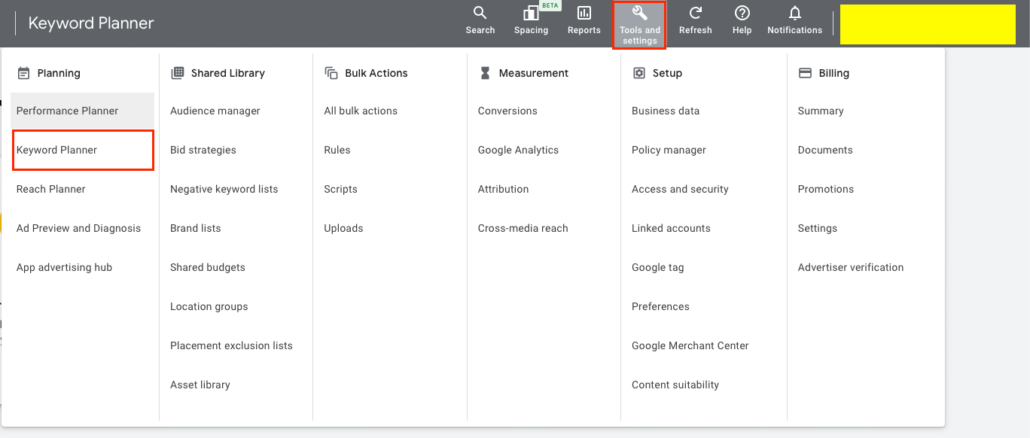Content marketing is crucial for Shopify stores marketing. In this guide you’ll learn;
- What is Content Marketing for Shopify Stores?
- Benefits of Content Marketing for Shopify Stores
- 3 Steps of Creating Successful Content Marketing Strategy with Example
- FAQ
What is Content Marketing for Shopify Stores?
Based on Content Marketing Institute, Content marketing is a strategic marketing approach focused on creating and distributing valuable, relevant, and consistent content to attract and retain a clearly defined audience — and, ultimately, to drive profitable customer action. Resource
There are a few important part of content marketing.
- Content marketing has two parts. First part is creating content and second part is distributing these contents.
- Content marketing should be valuable, relevant and consistent content.
- Two key metrics for content marketing are attract and retain clearly defined audience and driving profitable customer action, for Shopify stores, getting new orders.
Benefits of Content Marketing for Shopify Stores
As you can guess getting more email subscribers and new sales are main benefits of content marketing.
But that’s not all. Successful content marketing also plays a key role for creating trust and high brand image.
When content marketing done right, it’s the best investment you can do for your brand. It’s best way to communicate your value proposition, why do you exist and why your brand, products and store make the difference.
3 Steps of Creating Successful Content Marketing Strategy with Example
There are three important steps for creating and distributing content that work.
I’ll use a hypothetical store to explain content marketing more clearly.
Let’s say you have a store that selling high-end, organic clothes for babies. Now we’ll start content marketing in three steps.
Finding Perfect Content Ideas
First part of content marketing strategy is finding perfect content ideas. There are two ways to find perfect content ideas.
First one is focusing on your ideal customer profile (ICP) and empathy map.
For our store ICP will be something like;
Demographics
- Age: 25-45 years old
- Gender: Primarily women, but also some men
- Education: College degree or higher
- Income: $75,000+ per household
- Location: Urban areas
- Occupation: Professionals, entrepreneurs, stay-at-home parents
Psychographics
- Values: Health, wellness, sustainability, social responsibility
- Lifestyle: Active, eco-conscious, family-oriented
- Interests: Organic food, natural products, children’s activities
- Media consumption: Social media, parenting blogs, magazines
- Shopping habits: Researches purchases thoroughly, values quality over price
Pain Points
- Concerns about harmful chemicals in baby clothes
- Difficulty finding stylish and affordable organic baby clothes
- Wants to make sustainable choices for their children
Needs
- High-quality, organic baby clothes that are safe and healthy for their children
- Unique and stylish designs that make their children look and feel good
- A brand that shares their values and commitment to sustainability
This is a good start for finding ideal customer profile. Based on ICP pain points and needs you can find content ideas, like;
- “Discover the Secret to Chemical-Free Cuddles: Our Organic Baby Clothes Guide!”
- “Stylish Sustainability: Dressing Your Little Ones in Eco-Friendly Elegance”
- “Breaking Down Baby Wardrobe Worries: The Truth about Harmful Chemicals”
- “Fashion with Purpose: Elevate Your Child’s Style with Organic Threads”
- “Behind the Seams: Unveiling the Craftsmanship of Our Organic Baby Apparel”
- “Parenting Purity: How to Safeguard Your Child’s Skin with Organic Fashion”
- “From Playdates to Parties: Our Stylish Organic Picks for Every Occasion”
- “The Conscious Choice: Embrace Sustainable Parenting with Our Collections”
- “Eco-Chic Kiddos: Transforming the Fashion Landscape for Modern Parents”
- “Dress to Impress, Naturally: Elevate Your Child’s Wardrobe with Our Organic Picks”
But that’s not all. Also you can use keyword research tools to learn what people are searching. It sounds complicated but quite simple.
Here are a few tools for this.
- Google Keyword Planner
If you don’t have a Google Ads account, create one and click on Tools and settings and Keyword Planner. Type some core keywords like “organic baby clothes” and let Google’s magic happen. Google will recommends you some keywords to create content.

- KeywordTool.io
This is another great tool for finding perfect keywords for your store. Choose your target country. Type your core keywords like “organic baby clothes” and check results. - AnswerThePublic
This is also a great tool. You need to chose country, language and type topic, brand or product. It’ll show you questions frequently questions typed on Google, YouTube or Bing.
When you complete keyword research and brainstorming using ICP and empathy map, you can find ideas for content marketing.
This is the most important step because as you can see this is also highly relevant with your customers buying journey.
My recommendation is always starting from bottom to top. Let’s say there are two different content ideas;
- Discover the Secret to Chemical-Free Cuddles: Our Organic Baby Clothes Guide!
- Top 10 Fashion Trends for New Borns
First content idea is more relevant for our brand while second one is broader and not directly related. In this scenario, prioritizing first content idea will make more sense. Do your plan with this principle. First focus on highly relevant content ideas.
Creating Content
Next step is creating content. There are lot’s of hacks for creating content in scale without putting effort.
My advice as I do myself, don’t follow these advices.
Content marketing is an investment for your brand and store. It’s not free marketing. Cost is the all process you need to put to create your content.
Instead of copying other contents or using AI to populate some texts doesn’t mean anything, take some time, show your expertise in content and create content that people will find helpful.
I have a very simple, one question framework for myself. I ask myself “Is this content has a point, explain something with all details and teach something new?“.
If you answer this question yes, it means you’re working something meaningful. Continue! Otherwise, it means there is something wrong and stop and fix before publishing contents.
Also content creation shouldn’t limited with writing blog posts. When you create outline for the content, you can use the same content in YouTube videos, podcast, social media, white papers, emailing… Name it.
Content Distribution
This is the last step of the content marketing process.
Creating content is the first step, distributing content is the second part.
If your content forms as blog post, make sure it’s SEO friendly. Check your sitemap and make sure your posts link inside the sitemap.
For YouTube videos, video title, description, hashtags, thumbnail photos and sharing content is crucial.
You get the idea. Put effort to distribute your content.
Don’t forget to check growth guide, marketing guide and conversion guide.


Leave a Reply